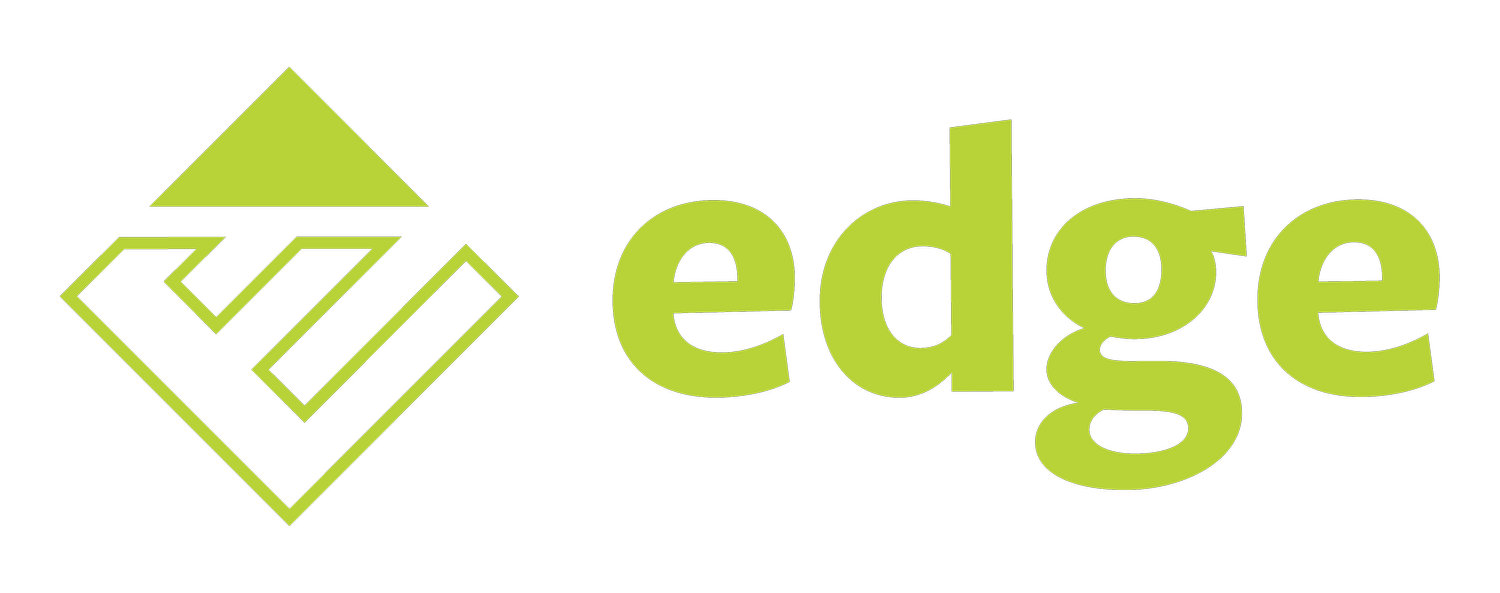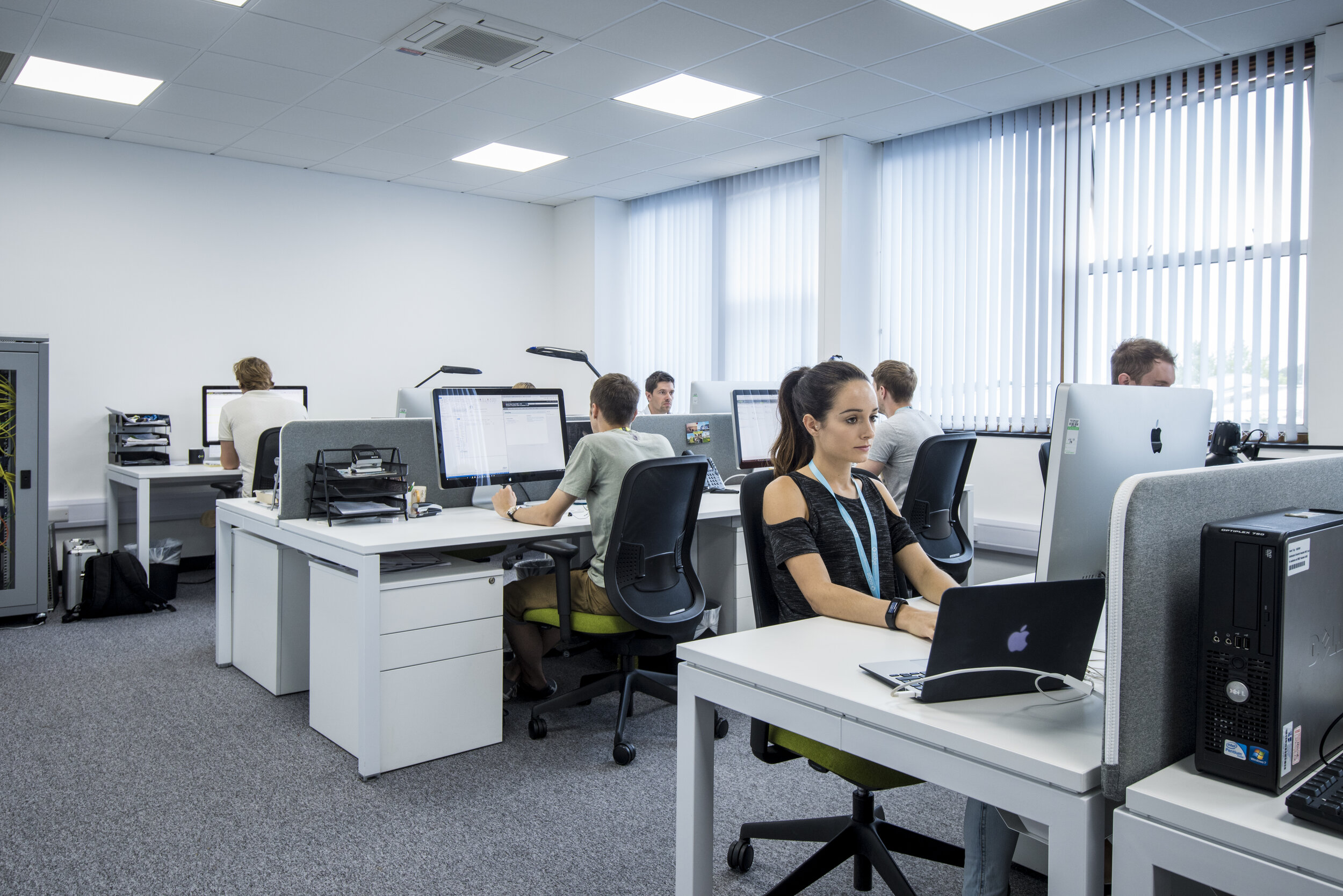I think it’s a fair statement to make that my team are one of the hardest working and most dedicated teams I’ve had the honor to work with. They work tirelessly behind the scenes to make sure that the system continues to run, support is provided to everyone that needs it and at the same time making improvements left right and center to all aspect of what we do.
You might have heard of the term Kaizen, a Japanese concept for continuous improvement that began as part of the Toyota Production system, as a method to improve product quality. Well, that term pretty much enshrines what our team do every single day by constantly coming up with new ideas and new ways to change what we do for the better.
Seeing as so much of this goes on behind the scenes, and probably to a large degree unnoticed, I thought this would be a good opportunity to share with everyone a behind the scenes peek at what we are doing at the moment, and possibly dispel the myth that tech employees just sit around all day on beanbags, listening to David Bowie and drinking Cortado’s. We only do that on Fridays.
For the first time in history the majority of NHS Trusts are working together around a single research project record, bringing their collective information together to form a single view of that research. However, historic imports of data into EDGE from silo’d hospital research management systems has caused many duplicate records to be created in the system, meaning that these need to be reviewed and merged.
Since January our team has merged over 1,500 project records, taking a huge amount of time, care and considerable knowledge to carry out this task in order to help improve the quality of the information within EDGE. As our team come from backgrounds in R&D, Pharmacy, NETSCC, CTA’s and more, their knowledge of research allows them to carry out due diligence when doing these tasks that someone from a non-research background would struggle with. This is a nod to the skills our team hold and use in providing our services, and especially to Jen for her sheer determination to make this happen.
In the thread of continuous improvement, we are currently testing a new more complex automated matching process to studies at they come from CPMS. If this is a success we will release it into the Live system to reduce the burden of duplicate studies for everyone.
Over the past 7 years we have been pushing out a lot of new functionality into EDGE on a monthly basis in the drive to deliver the functions that people want to use. However the support guides in our support section have not quite kept pace with this change. Therefore the whole team are now working on reviewing all 170 guides, updating, re-writing or creating new versions where necessary and generally giving them the attention they deserve.
Currently we are in the process of migrating to a new email support desk system, that will deliver a whole range of improvements across the board when responding to queries and questions, and linking those to the new support articles, so keep an eye out for that. A huge amount of work has gone into setting this up and so again I’d like to thank the team and especially Lawrence for his knowledge and patience.
As well as this we are working closely with the development team on the concepts surrounding EDGE Version 3. It is easy to start dreaming about the new functionality that will be available in the system, however the developers do keep reminding us that, in house building equivalent terms, they are working out how deep to dig the foundations, so our team should refrain from telling them which colour we’d like the feature wall to be in the lounge. All of the new exciting functions will come in good time.
As I always find when writing these blogs, I reach the end of the page and have barely scratched the surface of variety of other projects that we are working on such as data security, integration opportunities, DSP Toolkit compliance, our new Blast Injury Research Network, our work with the WHO and World bank, our health informatics work in Sri Lanka and lastly the work we have done in in delivering an electronic medical record system to a hospital in Ethiopa. For more on these check out our Twitter feed @CIRUSoton
I will cover more in future blogs, but I will finish this one by mentioning our conference. If you haven’t already booked, I would highly recommend looking on our website https://edgeclinical.com/2020-conference . Our draft agenda has been released and is packed full of keynotes, break-outs and worked shops covering everything EDGE and research related. It will be a great opportunity to find out more about what we are doing, what is going on nationally and internationally in terms of research and to come and meet our team and collaborate together around the future challenges facing us all.







